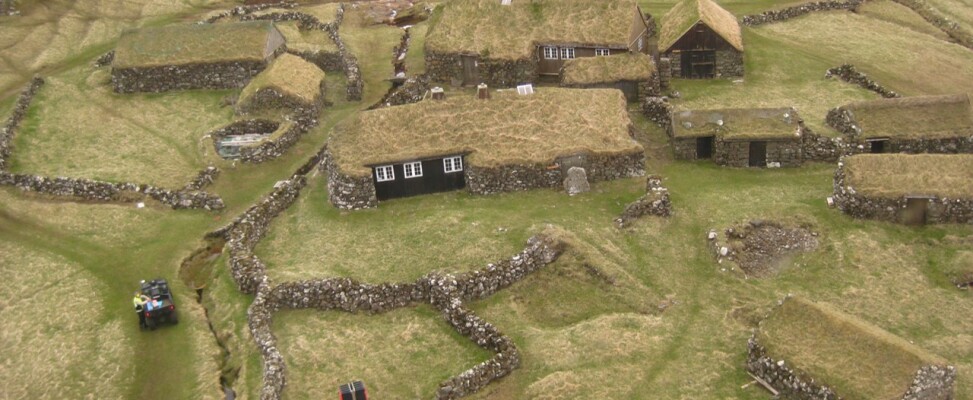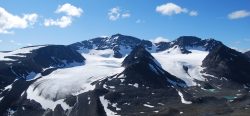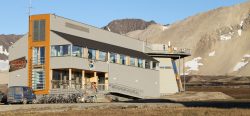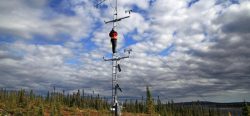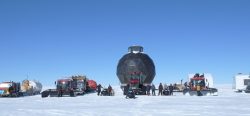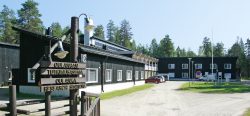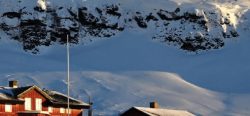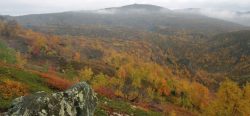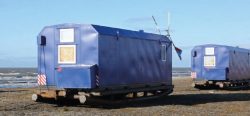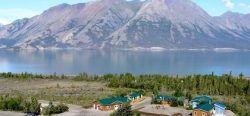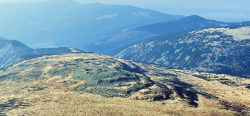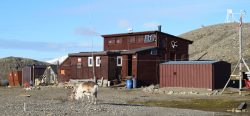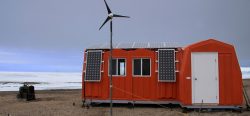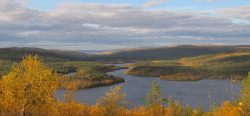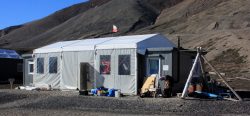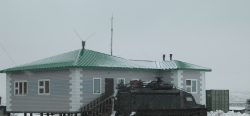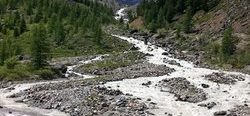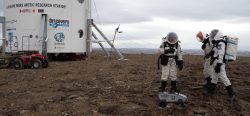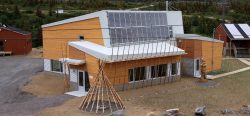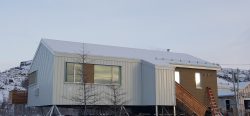Contact Details
- Phone: Tjóðsavnið Kúrdalsvegur 15 188 Hoyvík Faroe Islands
- Link: https://www.tjodsavnid.fo/nature-of-koltur/research-station
STATION NAME AND OWNER
Koltur Research Station is managed by Faroe Islands National Museum.
LOCATION
The station is located on a 2.5 km2 island which reaches 477m a.s.l. and has typical sheep-grazed grassy slopes, exposed rocky shores, sea-bird cliffs, and small streams.
The island is under the auspices of the National Museum and is partly protected.
It is situated 3.5 km from the island of Streymoy and the western side is exposed to the predominant south-westerly winds and waves.
BIODIVERSITYBiological diversity. The many and varied forms of life on Earth (collectively known as biota). As well as diversity of species (species diversity), there is also diversity within populations of a... More AND NATURAL ENVIRONMENT
The Faroes have an oceanic sub-arctic climateThe average weather we would expect over a long period of time (seasons, years, decades). Climate varies from place-to-place across the Earth. Climate is determined by long-term (over at least... More and are characterised by a high relief. There are no native terrestrial mammals, no amphibians or snakes, and several groups of insects are not present either such as mayflies and dragonflies. The island of Koltur has relatively few non-native species. There are breeding populations of ArcticDefinitions of the Arctic vary according to environmental, geographical, political, cultural and scientific perspectives. Some scientists define the Arctic as areas having a high latitude, long winters, short, cool summers,... More puffin, Manx shearwater and European storm-petrel.
HISTORY AND FACILITIES
The Research Station is part of several reconstructed old stone houses surrounded by old barley fields. There are several buildings and outhouses which are being used as part of the station. The National Museum has used it for nature studies since 2019. The whole of the island officially became part of the Museum in 2014. The research station can have 4 people at the same time which can have use of all basic amenities, such as kitchen, freezer and shower.
GENERAL RESEARCH AND DATABASES
Main research now is a baseline study of the biodiversityBiological diversity. The many and varied forms of life on Earth (collectively known as biota). As well as diversity of species (species diversity), there is also diversity within populations of a... More of the island. Invertebrates are being sampled using methods such as pit-fall traps, Malaise trap, net-sweeping and Surber sampling in freshwater. Birds and vegetation are being recorded. Several temperature loggers are placed around the island. There is no dedicated database.
HUMAN DIMENSION
There are two settlements, Norði í Gerði og Heimi í Húsi. The Reaserch Station is located at Heimi í Húsi, and the one permanent inhabitant is living at Norði í Gerði. This is the the island caretaker. When he is not on the island, other people take over the running of the electricity generator, helipad and harbour. The nearest other community is the island of Hestur with a population of 20 people.
ACCESS
Transport to the island is by helicopter or chartered boat. The helicopter leaves from the airport and Tórshavn. Flight time is about 5 minutes. Boats can be chartered from tour operators. Transport from the airport to Tórshavn takes about one hour by bus car.
